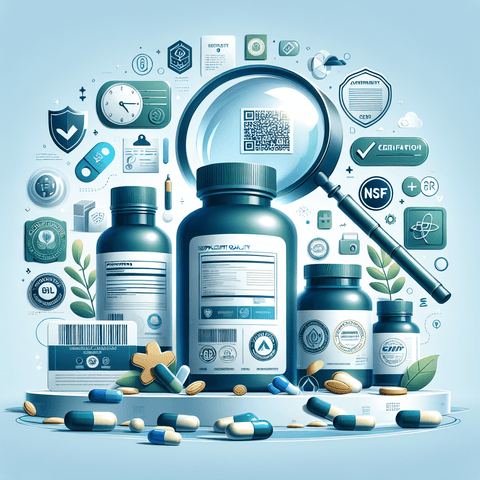Supplement quality assurance is a structured approach that combines practical checks, independent testing, and transparent labeling to create reliable products. This framework emphasizes data accuracy, compliance with manufacturing standards, and consistent production practices. By applying rigorous QA—from supplier qualification and documentation to finished-product inspection—stakeholders can reduce the risk of mislabeling or inconsistency and support responsible sourcing and manufacturing. The goal is to build a durable baseline for trust across the product lifecycle. Practical checks are the first line of defense in supplement quality assurance. Key steps include validating batch or lot codes, expiration dates, and tamper-evident seals; confirming that the product matches its label in ingredient names and declared amounts; inspecting packaging for damage; and verifying storage recommendations. It also helps to check serving size, ensure allergen statements are accurate, and confirm that brand and facility information is clearly visible and easy to contact. Third-party testing is a core component of supplement quality assurance. Independent laboratories can perform identity testing to confirm listed ingredients, potency testing to measure amounts, and contaminant screening to detect unwanted substances. Look for certifications or accreditations with programs such as USP, NSF, or ISO, and request a current certificate of analysis for the relevant lot. A COA that clearly links to a batch code and documents methods and acceptance criteria provides objective evidence of conformity. Transparent labeling complements supplement quality assurance by making information accessible and verifiable. Labels should include a complete ingredient list with amounts per serving, disclosure of all active and inactive ingredients, and allergen statements. Clear product identity, batch codes, expiration dates, and manufacturing or bottling locations should be displayed, along with producer contact information. Optional features such as QR codes or online COA links can further support transparency by connecting the label to verifiable documentation.





